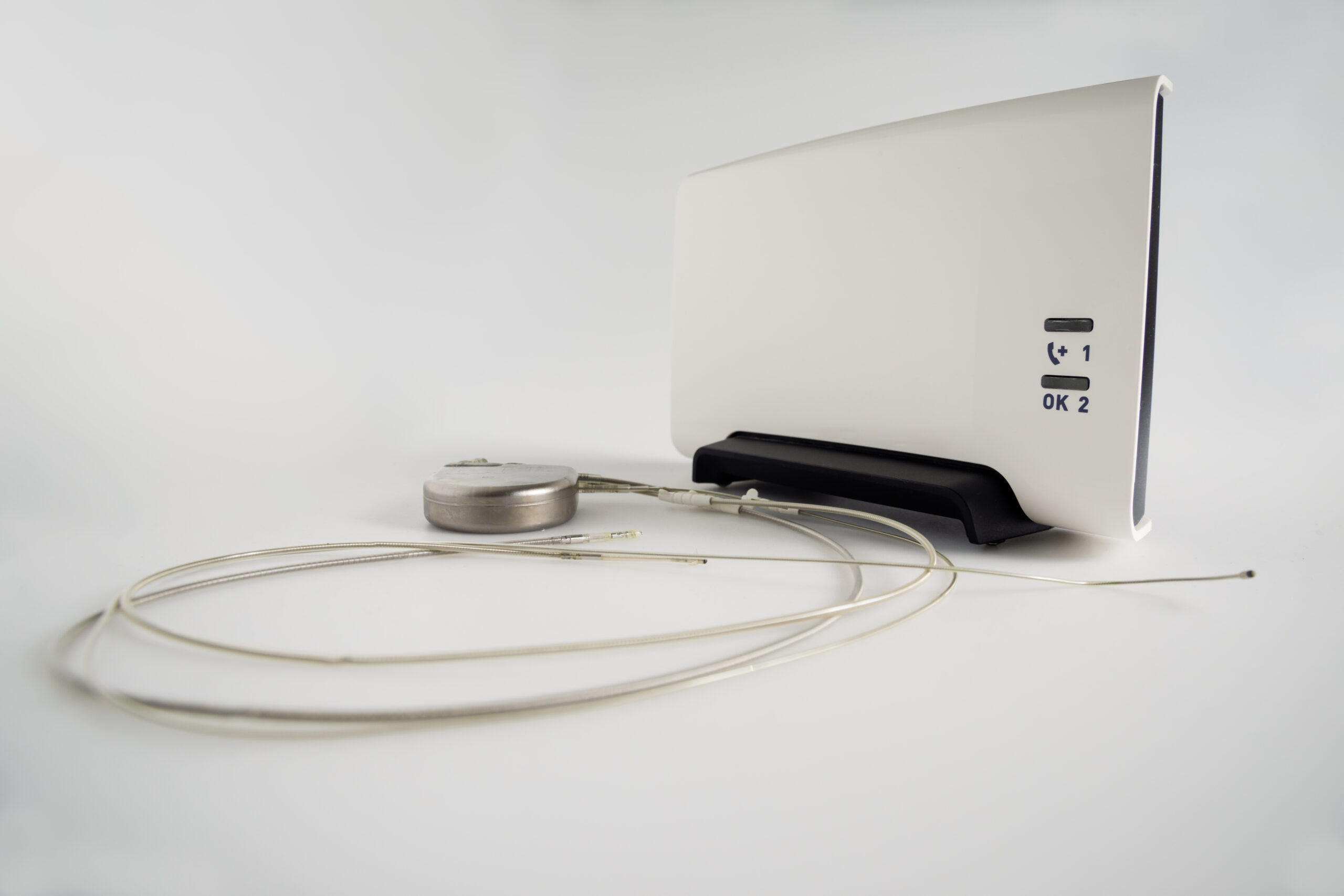In the evolving landscape of medical technology, one of the most promising advances for chronic pain management is Closed Loop Spinal Cord Stimulation (CL-SCS). This innovative approach offers a dynamic solution for patients suffering from intractable spinal pain, leveraging real-time feedback mechanisms to optimize therapy and enhance patient comfort.
Spinal Cord Stimulation (SCS) has long been a staple in the treatment of chronic pain, particularly for conditions unresponsive to conventional therapies. Traditional SCS devices deliver low-level electrical pulses to the spinal cord, which interfere with the nerve signals that perceive pain. However, conventional systems operate on pre-set parameters and do not adjust to day-to-day changes in pain sensation or body position, often resulting in inconsistent pain relief.
Closed Loop Spinal Cord Stimulation represents a significant leap forward in this technology. Unlike its predecessors, CL-SCS systems are equipped with sophisticated sensors that monitor the spinal cord’s response to electrical stimulation in real-time. This feedback allows the device to automatically adjust its stimulation parameters to maintain optimal pain relief, regardless of the patient’s activity level.
The core technology behind CL-SCS involves measuring the evoked compound action potentials (ECAPs)—signals generated by the spinal cord in response to the electrical stimulation. These ECAPs serve as a biomarker for the efficacy of the pain relief provided by the stimulator. By continually assessing these responses, the CL-SCS system can modulate the intensity and frequency of the pulses it delivers, ensuring that the stimulation remains within the therapeutic window that provides maximal pain relief without discomfort.
The benefits of such a system are profound. Patients equipped with a Closed Loop SCS device experience more consistent pain relief throughout various activities, including during different body positions and times of day. This adaptability can significantly improve the quality of life for individuals with severe chronic pain, offering them freedom and flexibility that was previously unattainable with fixed-output stimulators.
Clinical trials and studies have underscored the effectiveness of CL-SCS. Research indicates that patients with closed-loop systems report higher satisfaction rates and improved pain management compared to traditional SCS. Furthermore, the adaptive nature of CL-SCS reduces the need for manual adjustments of the device, which can be burdensome and technically challenging for patients.
Despite its advantages, the implementation of Closed Loop Spinal Cord Stimulation is not without challenges. The technology requires precise initial programming and calibration to function correctly. Additionally, the complexity and cost of these advanced systems may limit access for some patients, particularly in regions with less developed healthcare infrastructure.
Moreover, as with any implanted device, there are risks of complications such as infection, bleeding, or adverse reactions to the materials used in the device. Therefore, careful screening and monitoring of patients who receive a CL-SCS device are crucial to maximizing benefits and minimizing risks.
Looking ahead, ongoing research and development are expected to further refine CL-SCS technology, expanding its applications and enhancing its efficacy. Innovations in battery life, miniaturization of components, and wireless technology are likely to make these devices even more user-friendly and accessible to a broader range of patients.
In conclusion, Closed Loop Spinal Cord Stimulation represents a transformative development in the field of pain management. By integrating real-time feedback into spinal cord stimulation, CL-SCS offers a more responsive and effective approach to controlling chronic pain. As technology progresses, this smart medical device is set to play a crucial role in improving the lives of those plagued by debilitating pain, marking a significant step forward in personalized medicine.
